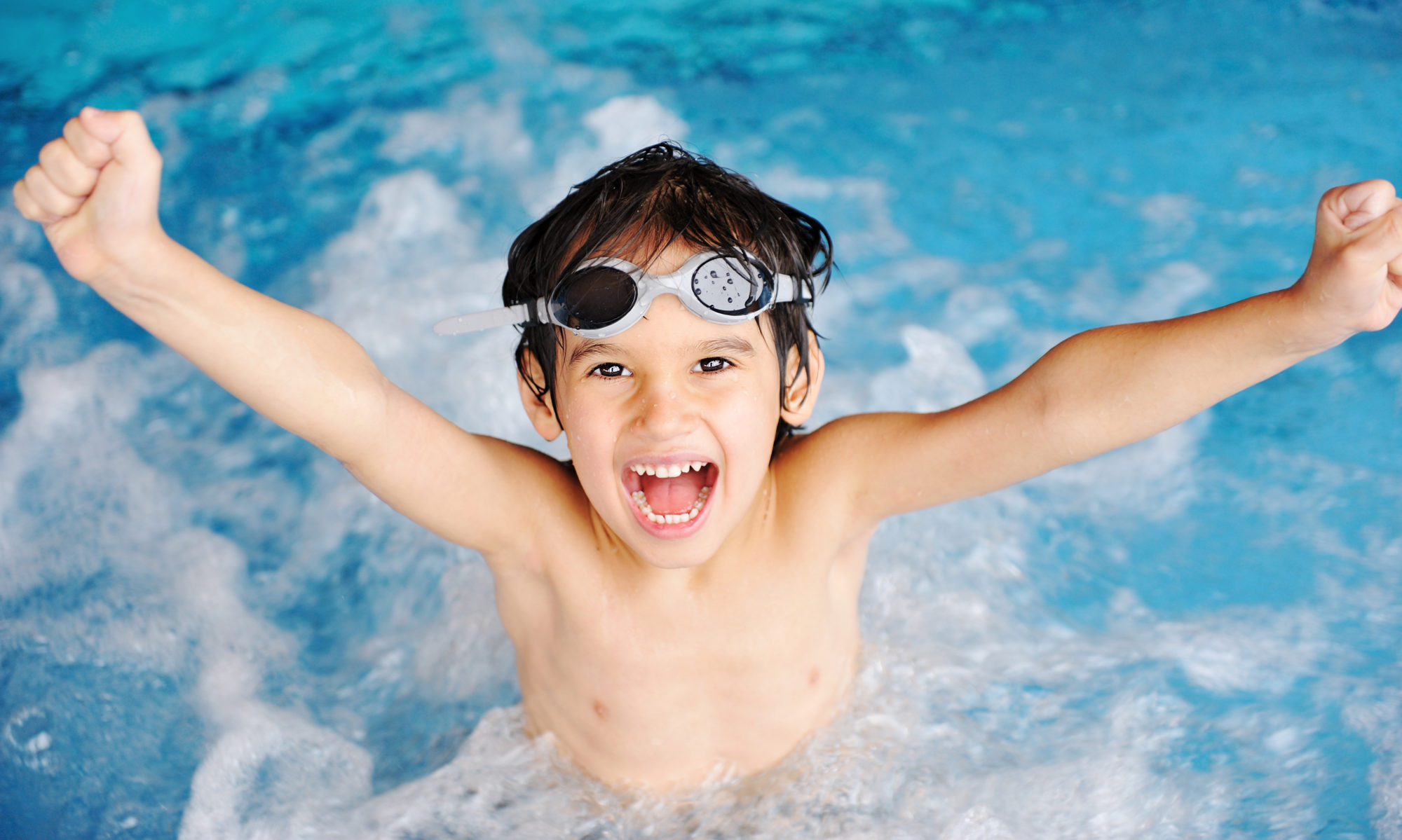Happy 4th of July! Here’s wishing you a festive, joyful holiday. To keep safe around the swimming pool today, check out these safety tips. (These tips are good all year.)
- In any emergency, call 911 immediately.
- If your child is missing, always look in the pool before you look anyplace else. A child can drown in twenty seconds. Scan the surface and the bottom of the pool. Search the area around the pool next. If you leave the pool area to continue searching, make sure the pool area is secure before you leave. A wandering child could return to the pool and fall in after you’ve searched there.
- If someone is trapped at the pool’s drain, turn off electrical power right away, before you do anything else. Don’t try to pull the person directly from the suction. Instead, break the suction’s seal by prying between the person’s body and the suction, with your hand if necessary.
For more tips, look at:
- 6 Things You Must Do to Keep Your Kids Safe in the Water
- Water Safety: 3 Things to Teach and 3 Things to Watch
- Weather and Water–Swimming Safety Tips
- Water Safety Tips for Grownups, Too
- 7 Ways to Prepare for an Emergency When You’re Teaching Your Kids to Swim
- 4 Safety Features Every Pool Has to Have
